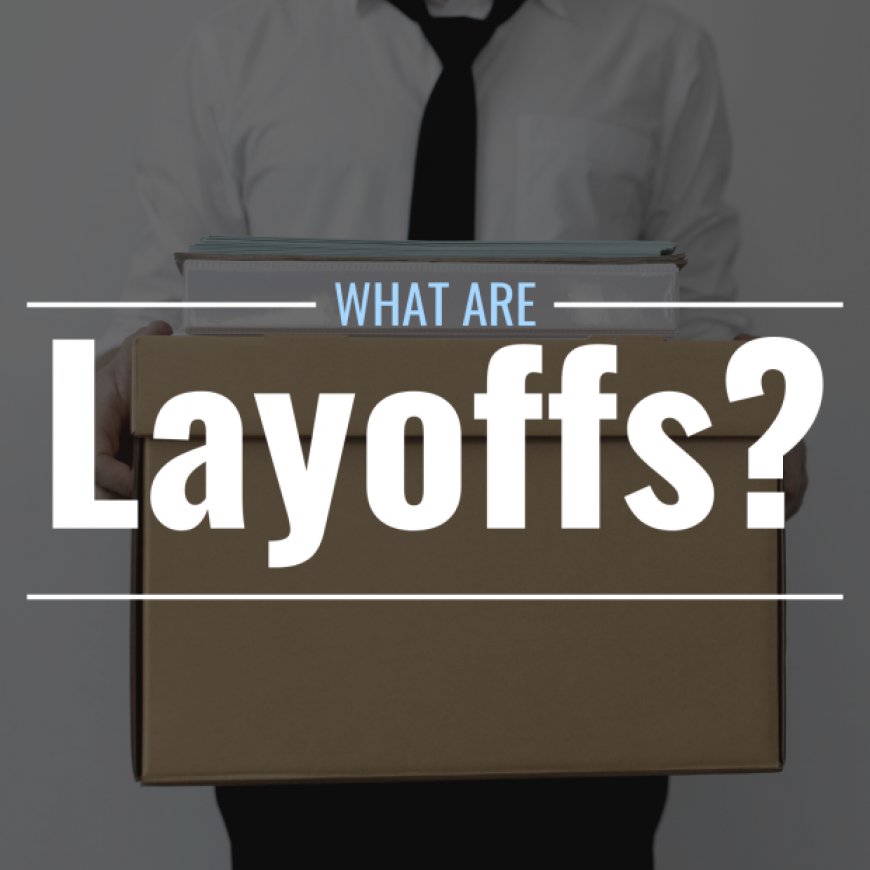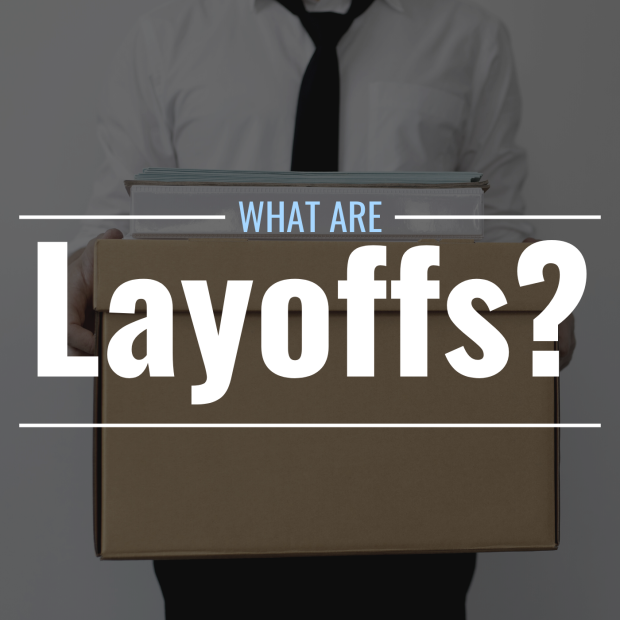What Are Layoffs & How Do They Work?
A layoff is the termination of a worker’s employment for reasons unrelated to that worker’s performance. Typically, layoffs do not occur in isolation, but rather in batches of employees in an effort by management to cut costs by reducing payroll spending. Layoffs may occur across multiple companies ...


What Is a Layoff?
A layoff is the termination of a worker’s employment for reasons unrelated to that worker’s performance. Typically, layoffs do not occur in isolation, but rather in batches of employees in an effort by management to cut costs by reducing payroll spending. Layoffs may occur across multiple companies and industries during widespread economic downturns, or they may be the result of something more company-specific, like restructuring, falling revenue, or a leveraged buyout.
In most cases, layoffs are permanent, but in some cases, an employer may plan to rehire some or all dismissed employees if conditions improve. For instance, many workers that were laid off during the early stages of the COVID-19 pandemic were later recalled by their employers and resumed work.
Typically, employees that have been laid off are eligible for unemployment compensation, and in some cases, they may receive a severance package that includes a temporary continuation of their compensation and/or benefits.
Layoff vs. Furlough: What Are the Differences?
Unlike a layoff, which is a full termination of employment, a furlough is a temporary, mandatory reduction in hours worked enacted by an employer to save on payroll costs while avoiding layoffs. During a furlough, an employee retains their title and is still considered employed.
From an employee standpoint, a furlough usually equates to forced, unpaid time off. This unpaid time off can be a one-time period of days or weeks, or a continuous reduction of weekly hours over a period of time.
Employees that have been furloughed may be eligible for some level of unemployment insurance depending on state requirements, and their benefits usually continue as normal.
Why Do Companies Conduct Layoffs?
In the vast majority of cases, layoffs occur as part of a cost-cutting effort by a company’s leadership. This cost-cutting push may be the product of a widespread economic downturn like a recession or rising inflation, or it might result from company or industry-specific circumstances.
When layoffs are company-specific, they often result from one of the following situations:
- A merger with or acquisition by another company
- A leveraged buyout by a private equity firm
- Seasonality of a business’s revenue or operations
- A general decline in revenue
- Company relocation
- Outsourcing or offshoring of some or all company operations
- The completion or termination of a large-scale project
- Restructuring
- Bankruptcy
What Happens to an Employee When They Are Laid Off?
When an employee is laid off, they lose their pay and benefits (although they may be entitled to some continuation of these via a severance package). Employees with sponsored 401(k) retirement accounts retain their full account balance, including employer contributions, but they may need to roll their account over to a new IRA or 401(k) account within a certain period of time.
Unlike employees who have been terminated for cause (i.e., “fired” due to unsatisfactory performance, misconduct, or breach of duty), laid-off employees are typically eligible for unemployment benefits.
How Does Management Decide Which Employees or Departments to Lay Off?
How company leadership decides who gets laid off and who sticks around during a cost-cutting push varies quite a bit between industries and companies, but some of the most common tactics for determining who to keep and who to let go include the following:
- In some cases, leadership evaluates individual performance and productivity and lays off the least productive employees in each department (or across certain departments) while retaining those with records of high output.
- In other cases, a company might retain only those it considers “mission-critical,” which usually equates to those who contribute directly to its bottom line. In these cases, sales staff, production staff, and engineers might be safer than human resources employees and marketing staff.
- Sometimes, a company gives employees some say in the layoff process. In these cases, early retirement or beneficial severance terms may be offered to older employees who are closer to retirement or to any employees who volunteer to leave, perhaps because they were already considering a change in career.
Layoff Example: CVS Pharmacy
In early August 2023, pharmacy and convenience store chain CVS announced it would be laying off around 5,000 employees in an effort to cut costs. In this case, the company decided to lay off only corporate staff, leaving its customer-facing departments largely intact.
This move aligned with the company’s strategy to focus its operations on its primary care, pharmacy, and clinic offerings after spending almost $19 billion to acquire Oak Street Health and Signify Health earlier in 2023.
What's Your Reaction?



























































